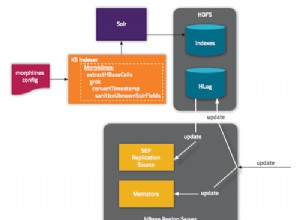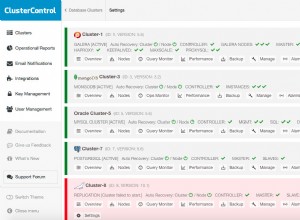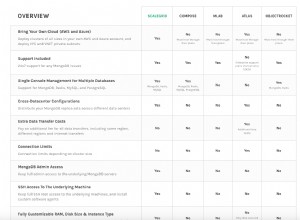Wie JohnnyHK sagte, lautet die Antwort in MongoDB:select matched elements of Untersammlung erklärt es gut.
In Ihrem Fall würde das Aggregat so aussehen:
(Hinweis:Die erste Übereinstimmung ist nicht unbedingt erforderlich, aber sie hilft in Bezug auf die Leistung (kann den Index verwenden) und die Speichernutzung ($unwind on a limited set)
> db.xx.aggregate([
... // find the relevant documents in the collection
... // uses index, if defined on documents.x
... { $match: { documents: { $elemMatch: { "x": 1 } } } },
... // flatten array documennts
... { $unwind : "$documents" },
... // match for elements, "documents" is no longer an array
... { $match: { "documents.x" : 1 } },
... // re-create documents array
... { $group : { _id : "$_id", documents : { $addToSet : "$documents" } }}
... ]);
{
"result" : [
{
"_id" : ObjectId("515e2e6657a0887a97cc8d1a"),
"documents" : [
{
"x" : 1,
"y" : 3
},
{
"x" : 1,
"y" : 2
}
]
}
],
"ok" : 1
}
Weitere Informationen zu Aggregat() finden Sie unter http://docs.mongodb.org/manual /applications/aggregation/




